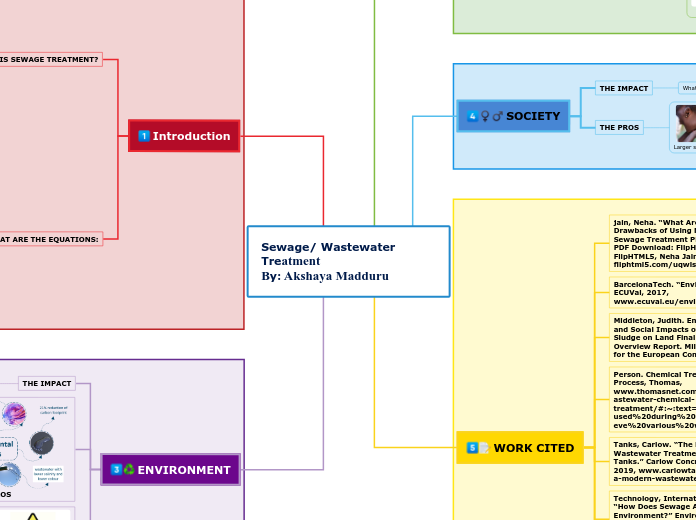par Teacher Nurgat Il y a 5 années
350
Dual Language
To promote language development and build community partnerships, schools are encouraged to involve community members through various programs focusing on literacy, such as those offered at public libraries, community centers, and settlement agencies.









